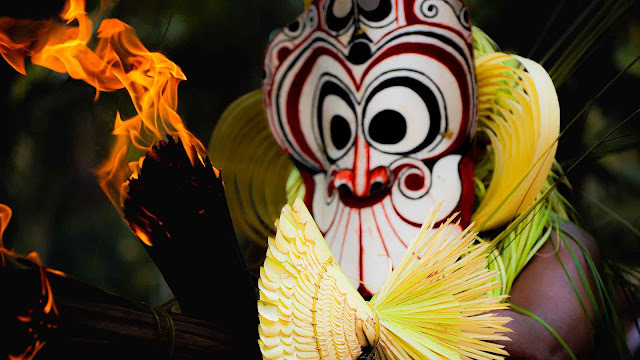
The Coastal Cruise
Coast to Coast : From Kerala to Kolkata
(May 29 - June 12, 2023)
Blog by Amitava Dutta https://www.radventure.in
Show me the road
And I'll be right there
I'll do, anything to feel
The wind in my hair
I'll go, far as it takes
And I won't even care
I'll sing thi thi thara thi thi thai
Thi thai thaka thai thai thom
........ Vayalar Ramavarma
(penned for the Snake Boat Race in Malayalam movie
Kavalam Chundan)

On May 29, 2023, the 100th day of our trip, having driven 7114 Km en route, we headed southward, venturing into the vibrant and aromatic realm of the spicy state and God's Own Country - Kerala. The plan was to witness the charm of the monsoon showers that bathe the coast in the last week of May, amongst all the other attractions of the coastal paradise.

Our Maruti Suzuki Brezza all loaded, checked ... moved gear to set out at 0630 hrs from Sharadindu (Pandavapura) and headed towards Kasargod (255 Km) on the northern coast of Kerala. The destination for the day was Bekal - 16 Km south of Kasargod. Weaving through the Western Ghats and driving past Madikeri (the Scotland of the East), we were happy to witness dark and dense clouds along the hilly terrain up to Sullia, encountering some light and gentle showers, despite the appearance of a heavy downpour. Whatever, it must have been a significant relief to the residents after the scorching summer months.
Past Sullia, the route took us along the 'Thekil - Allety' Road down towards the edge of the land and soon emerged into the hustle-bustle of Kasargod - a town which has attracted traders and invaders alike since the 9th Century CE. The attraction of the Malabar coast for its spices and strategic locations was the prime reason for its many conflicts and, in turn, influenced most of its rulers to build a string of military forts in the region; prominent among them is the Bekal Fort. We had chosen Bekal as our first landing. Before we delve into our activities, knowing a little about Malabar will benefit the reader.
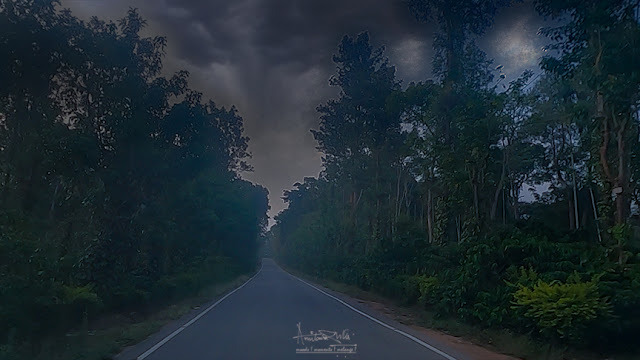
Much of the drive was through lush greenery; the route winds along the Payaswini River, flanked by forests and plantations. The gentle breeze whispered sweet nothings in my ear as I rolled down the window, savouring the freshness of its gust and soaking in its cool embrace.
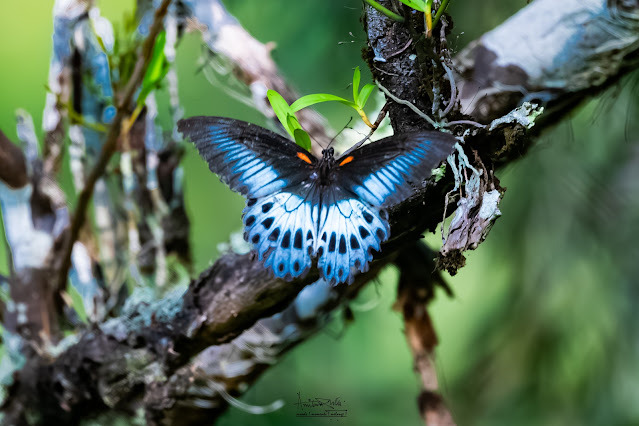
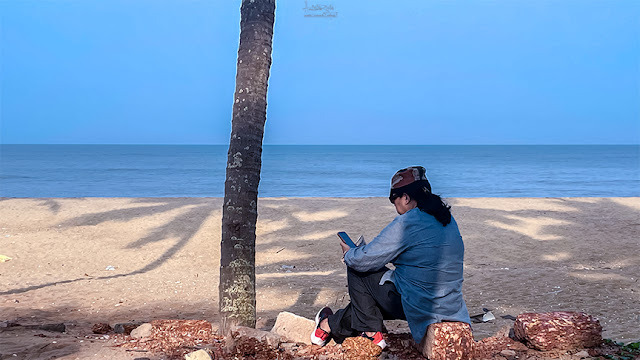
Present-day Malabar covers the geographical areas north of Malappuram, stretching over parts of Thrissur, Palakkad, Kozhikode, Wayanad, Kannur and Kasaragod districts, essentially central & northern Kerala, though some may differ. As the name suggests, Mala (Malayalam - mountain)+ Barr (Persian - land) signifies a land wedged between the mountains of the Western Ghats and the ocean, which in the ancient days included the entire western coastal region. Aided by favourable trade winds, it facilitated significant sea trade with Romans, Dutch, Portuguese, and Arabs (Saudi, Iran, Iraq, Yemen, etc.). Over time, many visiting traders settled in this part, thus resulting in a fusion of cultures and traditions from cuisine to clothing, from language to literature. It was perhaps the Jews from Rome who first started maritime trade with Malabar, which eventually became the most populous state during the 12th -17th century.
Consequently,
there remains an Indian Jew population in Kochi (Cochin) though much
diminished from what they were around the 15th century. There were also
Christians and Buddhist people due to the prominence of the spice trade.
(Ref: Blog Post By Nousheen Khan -
https://silkroadanecdotes.com/2019/06/09/jewish-traders-in-the-malabar-coast-india/).
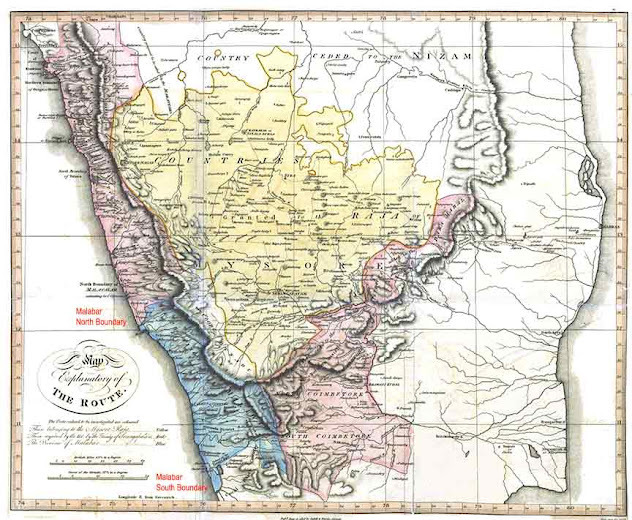
The ocean has profoundly impacted the region's society, culture, religion, and politics, making it an exemplary cosmopolitan place unique and different from the rest of the country. Now with its majority Muslim population, this trans-regional influence that shaped Malabar is a beautiful kaleidoscope of culture, a sight to behold and an experience to cherish.
It
was lunchtime when we arrived in Bekal; the mere thought of food had my
heart and soul singing out in a symphony for the delectable Malabar
Biriyani. While Runa decided to play it safe and stuck to the
traditional South Indian menu, I dived into the biryani and devoured
every grain of rice with the passion of a food enthusiast whose love for
the one-pot dish knows no bounds. The tender meat, the fragrant spices,
and the perfect blend of flavours left me longing for more. After that
mouthful, we checked in at Bekal Village Homestay and settled for an
afternoon siesta under the care of Mahesh Narayanan, the owner.
Located in Malankunnu on the bank of Bekal River, Bekal Village Homestay is a
one-room modern cottage amid 3 acres of coconut and areca plantation. On
its own, it is a fabulous place complimented by Mahesh's warmth &
hospitality; he seemed to be around whenever we needed advice or
guidance but never interfered. The piping hot appam for breakfast that
Mahesh served was exemplary. I have been across the country and lived in
numerous Homestays - the Bekal Village Homestay stands high amongst the
best. So meticulously done.

While at Bekal, the most common attractions are the pristine beaches - unlittered and uncluttered! Which is so unlike the rest of the beaches in India. In many stretches, you could be the only soul amongst the sand and the sea. There were also other beaches where families and children thronged for amusements, still immaculate and tidy.
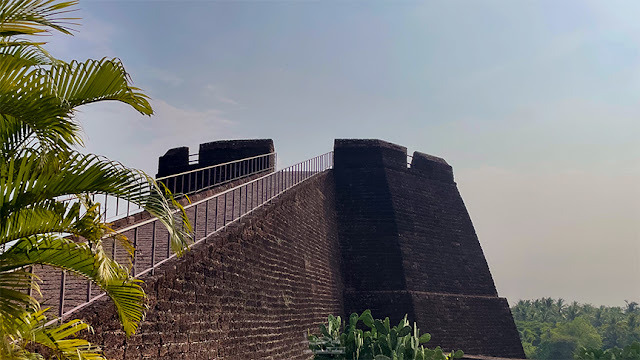
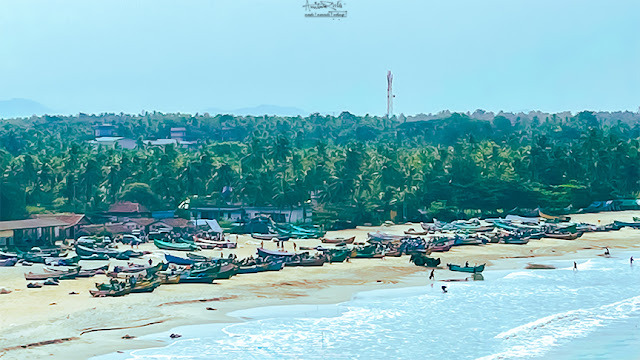
We visited two temples for their distinct identities as we drove across Kasargod Sri Ananthapadmanabha Swamy Temple and Madhur Sree Madanantheshwara-Siddhivinayaka Temple.
Sri Ananthapadmanabha Swamy Temple, is located near the northern end of
Kerala, in Ananthapura in Kasaragod District.
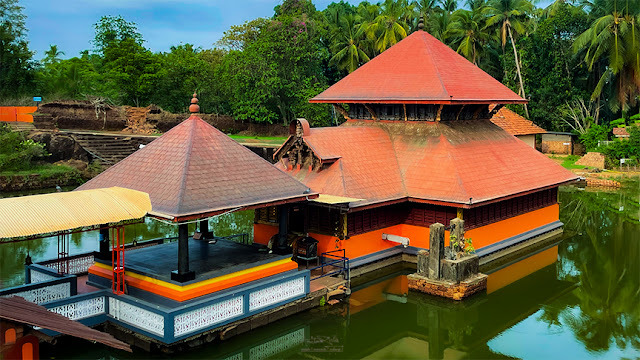
Madhur
Sree Madanantheshwara-Siddhivinayaka Temple is located 7 km from
Kasaragod town, on the banks of the Madhuvahini River. The main deity of
this temple is Shiva and Ganapathi. The temple's main deity is Lord
Shiva, known as Madanantheshwara,
meaning the god who killed Kama, the god of desires; the temple also
houses Lord Ganapathi, installed facing south in the main sanctum
itself.
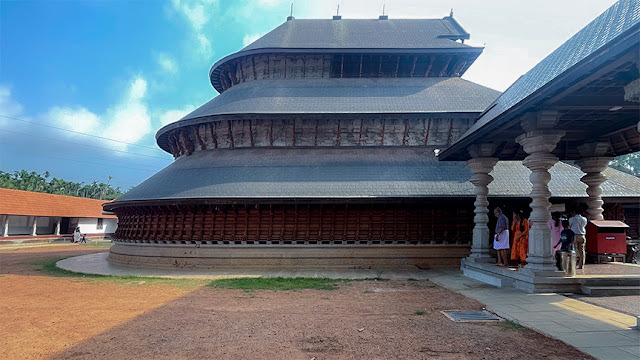
What
stood out and made our trip genuinely worthwhile was the Theiyam performance - a mind-blowing ethnic Malabar ritual. Theiyam has a long
history of traditions, rituals and customs associated with temples and
sacred groves of Malabar. Immediately upon arrival, I expressed to
Mahesh our keen desire to watch a Theiyam performance and requested him
to check out possibilities. We were willing to drive any distance, any
time of day. On May 31, our last day at Bekal Village Homestay, the
still morning air was broken by the loud beats of chenda (Kerala's
majestic percussion instrument or the drum). You may call it sheer luck
or divine intervention. The sound came from the village temple, and soon
Mahesh came to inform that a Theiyam performance was about to begin.
The two of us dashed across to the temple barely 100 metres away and
joined the ritual at the sacred grove of the village temple.
Theiyam,
a mesmerizing spectacle, is among Malabar's most time-honoured and
enchanting traditions (the central & northern parts of Kerala).
Representing the concepts of "God" or the "incarnation of God," Theiyam
is an ancient folk ritual intertwining elements of theatre, mime, and
devotion.
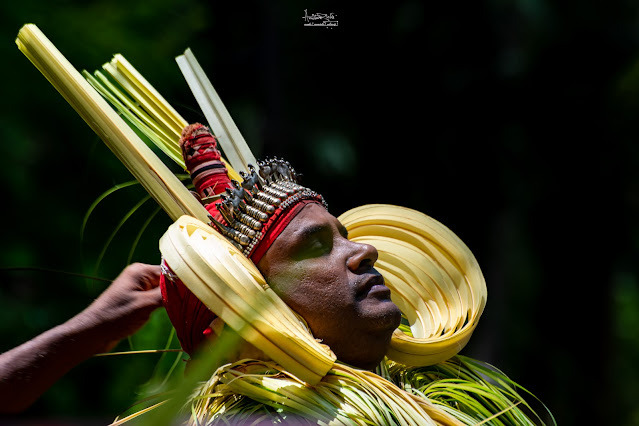
Its roots predate Hinduism, yet it gracefully incorporates Hindu mythology. Reflecting an era when tribal animism held sway, Theiyam reaches its pinnacle when skilled performers, known as "kolams," adorn themselves with vibrant-hued paste and intricate headdresses, gracefully dancing into a trance-like state as they earnestly embody the very gods they portray.
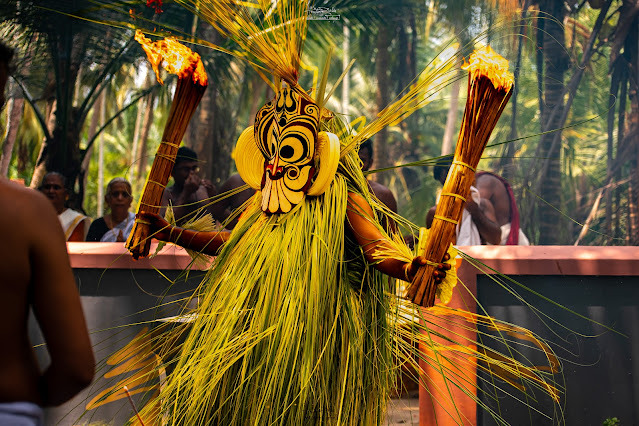
While I was keen to take a boat and explore the backwaters, had to give it a miss this time. However, Mahesh promised that his jetty & shikara-boat would be ready to take us on shore birding trips on our next visit.
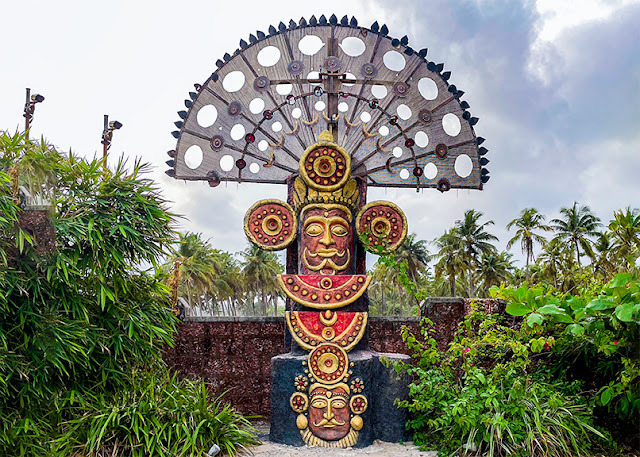
On June 01, bidding adieu to Mahesh, promising to visit again during the winter months, we headed further south with the first pit stop of the day at Parassinikkadavu Snake Park on the outskirts of Kannur. The park houses mammals, reptiles, a few birds and has an aquarium too. My main attraction at the park was to see the Pit-nosed Viper and the King Cobra. A small zoo with about 30+ species, it has been built on the
lines of Madras Snake Park with similar objectives. It serves excellent educational purposes apart from treatment for snake-bite.
After
the visit, we veered towards Kannur (formerly known as Cananore) - a
port town with a vibrant & rich history
(https://en.wikipedia.org/wiki/History_of_Kannur). Eager to delve into
its colonial heritage, we drove
thru Cananore, recalling its significant military and maritime history.
We soon passed the twin town of Thalessery, a commercial &
municipal hub with a rich tapestry of cuisine, culture and custom. Many
rivers flow in the Thalassery region, and the narrow coastal plain
stretches only a few kilometres. This drive from Kannur past Thallesery
was spectacular. Thalessary is now part of the Government's Heritage
City Project.
Continuing
south, we crossed the Mayyazhi (Mahe) River and entered Mahe - a
picturesque town. A former British and French colony, Mahe is now a
district of the Union Territory of Pondichery (now known as Puducherry).
Across the state border, welcoming into Mahe, are rows of liquor shops
lined along the highway. Apart from its beauty, it seemed to be a
boozer's paradise. Sandwiched between two districts of Kerala, tipplers
trooped in for its cheap liquor. Mahe (9 sq km in area) was under French
rule until 1954 and retains an old-world charm; some glimpses of the
influence of medial French architecture are visible in a few of the old
bungalows.
As the clock hand inched closer to the midday mark, my taste buds tingled with anticipation for an authentic Kerala meal. Co-pilot Runa took charge to locate this quaint eatery as I drove into Kozhikode (Calicut), once a famous cotton-weaving centre, remembered as the place of origin of the cotton fabric - calico, to which it gave its name. I drove through roads lined with rows of concrete towers representing a bustling commercial hub, whispering secrets of a time when calico from these streets traversed distant lands. Runa soon found the target and punched in Ambika Mess as the destination for lunch. So, at half past noon, we arrived to savour an authentic Naadan Oon ("Naadan stands for local" or "traditional," while "Oon" means "food" or "meal" in Malayalam) consisting of fish fries, sambhar (lentil curry) & vegetables, served on banana leaves with buttermilk and other local accompaniments. The Oon was excellent, especially the fish fry, which was spicy and juicy and layered with lip-smacking masala (a blend of ground spices). Runa highlighted that Ambika Mess was a trendy joint, and during the peak lunch hour, the place gets overcrowded with people having to wait in a queue. We were lucky to be just in time.
Soon after lunch, on June 01, 2023, we drove into Maleyam Homestay - a traditional-style Kerala house on the banks of the Kadalundi River, adjoining the Kadalundi Bird Sanctuary, hosted by Praveen Kumar. Yet another heavenly place. Mr & Mrs Kumar made a great impression on us. Mrs Kumar had the home garden curated with a vast collection of flowering plants; notable were the orchids and various grass species. Her artistic calibre was evident in her cooking too, while she delighted us with a wide selection of Kerala dishes.
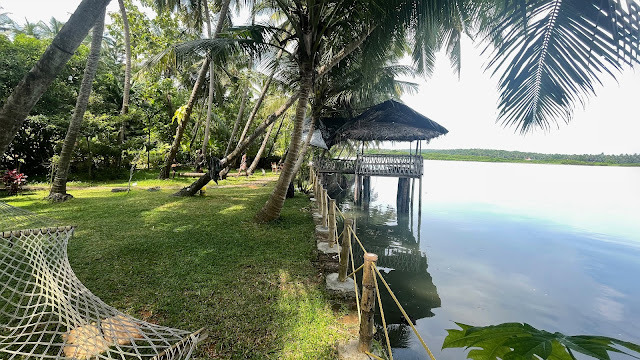
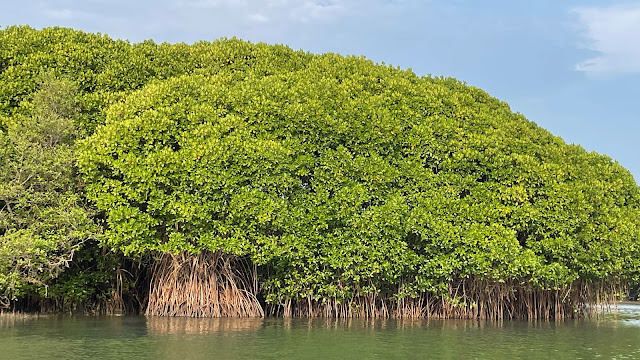


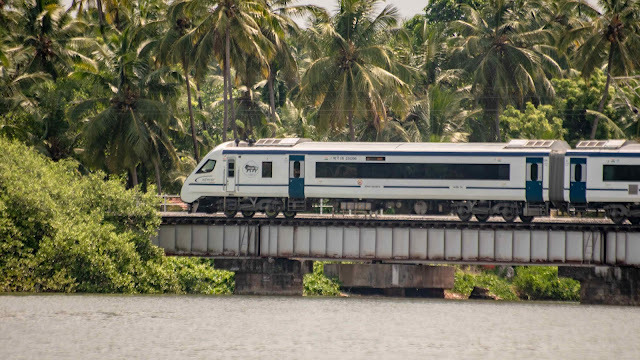
The Beypore Port and Kadalundi Bird Sanctuary were on top of our itinerary during our stay at Kadalundi. The Kadalundi Bird Sanctuary consists of a few islands at the mouth of the estuary. We had eco-tourism boats pick us up from the private jetty at the Homestay, provided by the Kadalundi Community Reserve, a social forestry initiative to protect the habitat. Eight species of Mangroves thrive in the Reserve, apart from over 100 species of birds that visit annually and other marine life. Due to the convenience, we made multiple trips to the bird sanctuary.
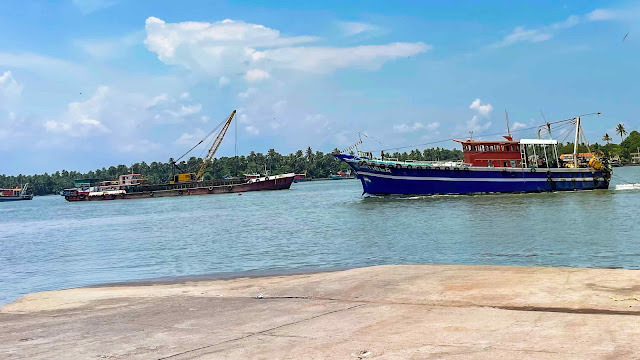
Beypore Port was the other place of interest. It is one of the oldest ports in Kerala, mentioned as the ancient trading port of 'Tyndis', which historically traded with the Middle East, Indonesia and Iraq (Mesopotamia). Beypore is also famous for its dhows - the wooden shipbuilding. The drive to Beypore took us along canals and villages lined with coconut and areca trees. The crowning glory of the day was the taste of Thalessery Biryani.
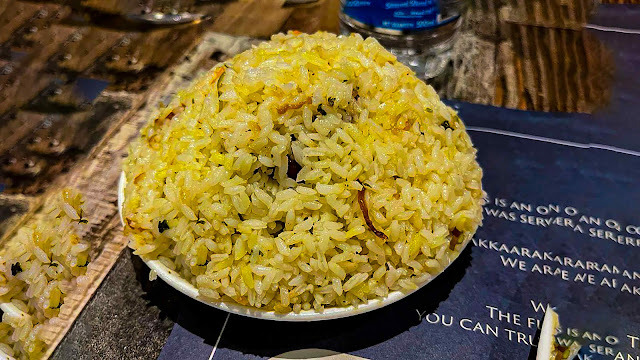
After two days at Kadalundi, we headed further south towards Alleppey,
referred to as the Venice of the East (also known as Alappuzha). The
original plan was to spend a day in Kochi with friends and then proceed
to the enthralling waterways town. Due to schedule conflicts, the Kochi
stopover did not happen, so we arrived at Ramada by Wyndham Alleppey on
June 03, 2023, after lunch (courtesy of Mr John Anthony). Enamoured by
the allure of 'Naadan Oon', we indulged in Kerala fish & prawn curry feast at Cassia Restaurant for lunch once again! Before making it to the hotel.
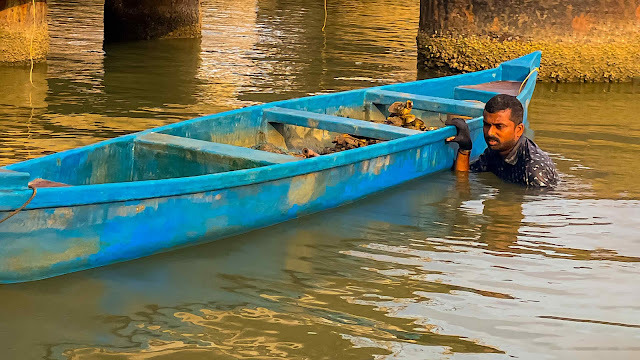
Alleppey is a class in itself - an incredible destination that I am sure is on the top of everyone's travel list. The lake, with spectacular boats and houseboats, boatmen and their rich traditions, combined with the tantalizing aromas of local cuisine, create an experience like no other.
One of our NCC (Naval Wing) Leadership Course, that I had attened in 1979 etched my first impressions about Kerala and Alleppey. During the evening cultural sessions, the Kerala contingent used to perform their enchanting boat race song from the region - some of it I can still recall -
"Kuttanadan punchayile, thi thai thaka thei thei thom
Kochupenne kuyilale, thi ti thara thei thei
Kottuvenam kuzhal venam, kurava venam
Kottuvenam kuzhal venam, kurava venam"
That
was the first time I learned about this magical place and its
backwaters, an ever-lasting impression that remains to this day.
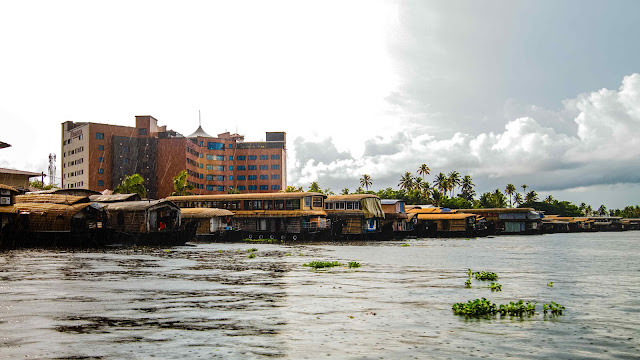
Ramada, our abode for the three days we stayed, was situated in Pulinkunnoo, an
island village of the Aleppey district on the Pampa River. Reminiscent of a Venice village, it stands amidst the numerous islands that adorn the Kerala Backwaters. The picturesque labyrinth of lakes, wetlands, and canals provides a stunning setting, with countless boats crisscrossing the lake. The ideal time to visit Alleppey is during the harvest festival - Onam (Aug-Sept), to witness the acclaimed & applauded Snake Boat Race. Apart from the lakes & the boats, we had a great time trying out the local specialities, the banana chips, the Kerala halwa and the bakery, notwithstanding the Naadan Oon!
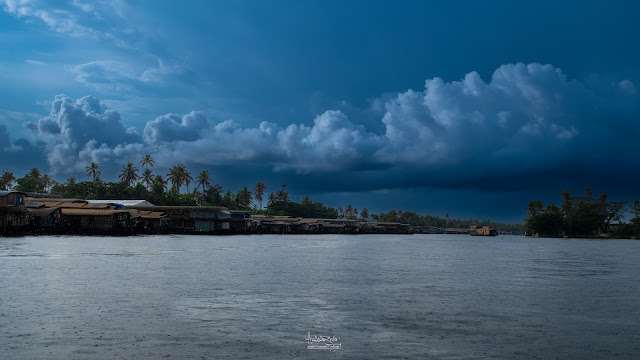
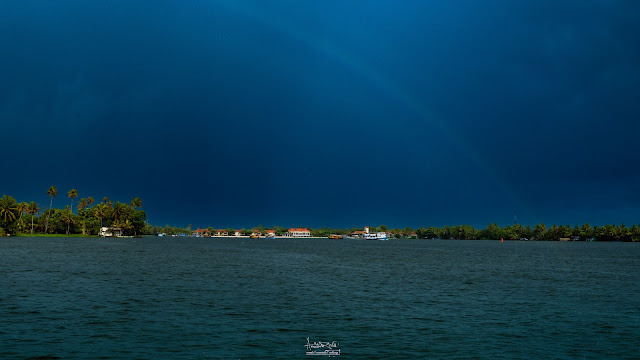

At
this time of the year, the most significant news that the country
awaited with bated breath was the long-awaited arrival of the monsoon,
the bearer of good fortune for the vast farming community. After a
week's delay, the met office announced its grand entry on June 04! The
transformation that followed was nothing short of epic. Joyful
exuberance filled the air as every mood, every sight, and every soul
revelled in its arrival. It was an unyielding downpour for the next two
days, quenching the thirst of the parched land and preparing it for the
upcoming sowing season. Nature seemed to dance in celebration. It was a
time of hope, excitement, and new beginnings as the monsoon's magic
weaved its spell on the land and its people.
And for us, this was a time to ride home along with the monsoon clouds.
On
June 06, 2023, we started our drive towards Kolkata. With stops at
Salem, Chennai, Anakapalli (near Vishakapatnam), and Bhubaneswar.
Meeting family and friends along the way, with brief visits to Chennai
and Bhubaneswar. The interesting discovery on NH16 route from Chennai to
Bhubaneswar was the bypass of Rajamundhry (the new official name -
Rajamahendravaram) and Vishakapatnam. Two busy cities altogether
avoided, saving significant time and city traffic.
Even though
we started amidst the monsoon clouds, we were soon high and dry in
scorching heat, reaching 45º C between Chennai & Bhubaneswar. The
sizzling sun beat down upon us as we drove towards the east, the car
airconditioning struggling to beat the sweltering heat. Forcing the
stopovers to be spent primarily indoors.
We triumphantly arrived at our home on June 12,
2023, at 1530 hrs! It marked the conclusion of an extraordinary 114-day
expedition that took us on an awe-inspiring journey, spanning 10,207
kilometres of sheer adrenaline and breathtaking landscapes!
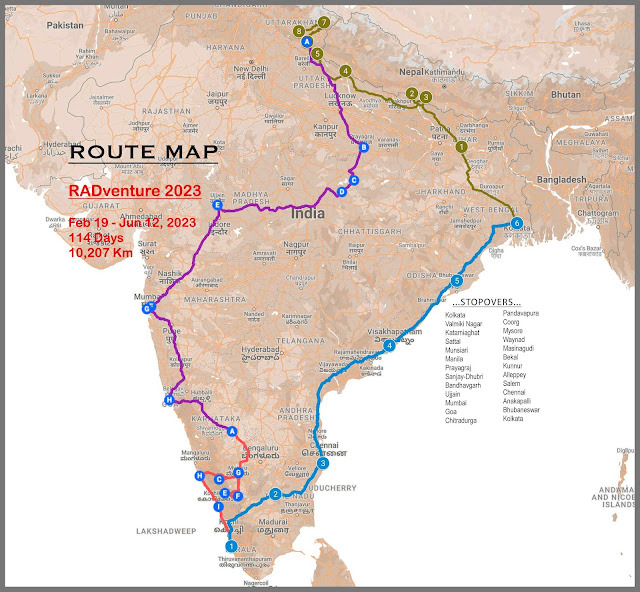
This drive was no ordinary feat - it was a stupendous expedition through the untamed wonders of nature. We explored the wilderness of Terai and flirted with the majestic Himalayas in awe of their towering might. Our quest took us through the heart of the Central Plains of Madhya Pradesh, where we witnessed the beauty of vast landscapes and the convergence of religion, tradition and heritage that unfolded before our eyes at Pryagraj & Ujjain. From the megacity of Mumbai to the nooks of Goa, we navigated the captivating paths of the Western Ghats, where nature's marvels tested our mettle at every step. Driving along the historical Malabar coast, where we marvelled in the extraordinary cuisine, washed our inhibitions in the monsoon shower, and finally, along the east coast, we meandered home soaked in sweat but in pure exhilaration. Laden with memories that will last a lifetime, our souls are brimming with the wonders of my country.
So, let this be a testament to the indomitable human spirit, the thirst for adventure, and the insatiable curiosity that drives us to explore India's hidden gems.
Cheers to Runa, Arunava, and our steadfast & reliable companion - Mariti Suzuki Brezza - each contributing to this voyage of discovery! And to the successful conclusion of RADventure 2023.
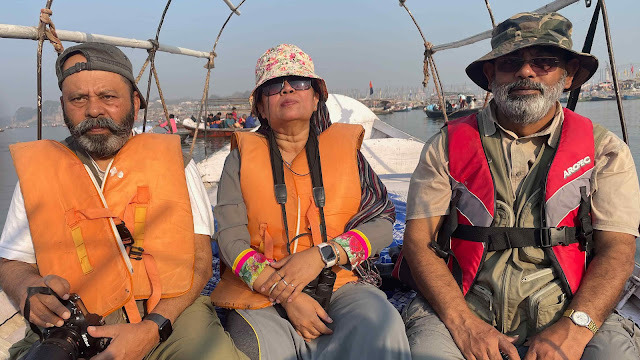
Here's to many more explorations yet to come!


0 Comments Add a Comment?